What is the book about?
This guide is produced in partnership with Blue Peter.
The Last Firefox, written by Lee Newbery and illustrated by Laura Catálan, is the eighth title in the Blue Peter Book Club.
Charlie Challinor becomes the guardian of a furry fox named Cadno, Charlie must use all his courage to protect his new, fiery friend. Can Charlie save Cadno, The Last Firefox!
You can get a sneak peek of the book over on Blue Peter.
Charlie is battling bullies at school and changes at home.
When one day, he discovers a portal from another world.
Through it arrives a fox cub called Cadno.
But Cadno is no ordinary fox.
He's a fire fox.
Complete with magical fur that can combust if he gets excited.
Will Charlie be able to keep Cadno safe from a sinister hunter from another world and can Cadno help Charlie discover his own inner fire?
How are themes used to link different features of the story?
Did you notice something that keeps popping up throughout The Last Firefox?
Maybe it's Charlie's epic bravery, or maybe it's 'fire'? These are both themeAn important message or the main idea that you keep seeing throughout a story. in the story.
The theme of a story is an idea or thing that you keep seeing throughout. In The Last Firefox one of the key themes is fire!
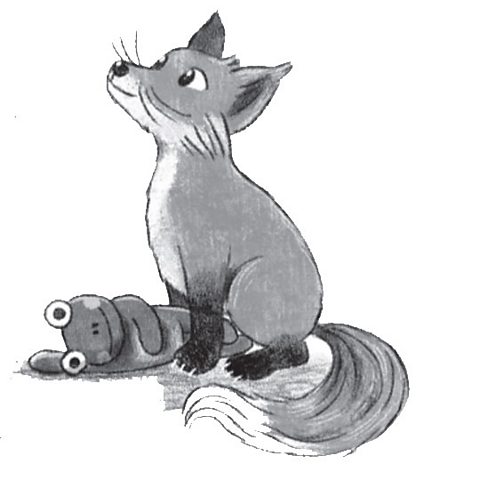
Fire is a theme throughout the book because:
- Charlie's dad is a fireman
- the magical animal is a firefox
- Charlie is worried he will never find his 'inner fire' (bravery)
- many of the accidents that happen in the story involve fire
By using fire as a theme, Lee Newbery cleverly links together different features of the story: the characters, their special powers, the events that take place and the purpose of the whole story (to find Charlie's 'inner fire').

How are characters developed throughout a story?
You might notice Charlie's personality changes from the start of the story, to the end of the story.
Authors purposefully plan ways, to clearly show how the main characters change as the story goes on. In The Last Firefox, this is very clear.
At first, Charlie is timid, shy and afraid of lots of things. But by the end of the story he is quite the opposite: brave, heroic, fearless and a little bit reckless.
When we first meet Charlie, he is terrified because he is being chased by a goose! Yet, due to his character developmentHow characters change between the start and end of a story. throughout the story, Charlie proves he has changed in the end when he finds his 'inner fire'.
These changes, from the start to the end of the story, show that Charlie develops and changes as a character - these changes are a fantastic example of character development.
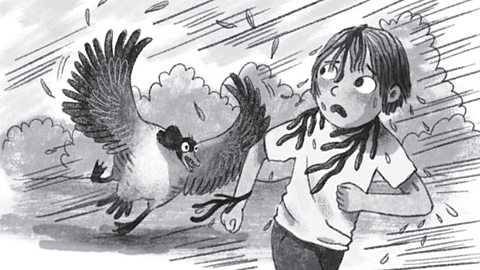
What are short, snappy sentences and why are they used?

The Last Firefox contains lots of writing techniqueThe skills, tricks and tips that writers use to make their writing interesting or informative for the reader.; can you spot any?
short, snappy sentencesShort, quick sentences that build tension, urgency and mystery. They sometimes come together in twos or threes. are one of the writing techniques used throughout the story.
But what are short, snappy sentences? Take a look at the examples below.
"The gateway leers at me." (page 96)
"But I can't. I can't pretend I have inner fire. Except I have to." (page 125)
"I falter. I can't get out of this one." (page 231)
"I close my eyes. This is it. The end." (page 257)

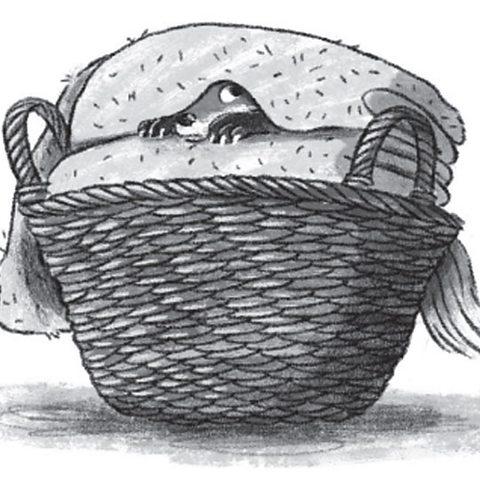
As you can see, short, snappy sentences are short sentences that are easy to read. Sometimes, you can get two or three of them in a row.
But why do authors use them?
Using short, snappy sentences is a writing technique that has a powerful impact. They give the reader a sense or feeling that:
- something mysterious is happening
- tensionA feeling of nerves, worry or fear. is building
- something needs to, or is going to happen quickly (urgently)
As you can see from the examples above, the author of The Last Firefox uses short, snappy sentences to build tension and a sense of urgency throughout the story.

How are different tones of voice used to show character differences?

You might notice how the social worker Tanya Cleck speaks in the book.
In the story, Charlie mentions her "weird use of words." But why does the way she speak stand out so much?
Nearly all the characters in The Last Firefox speak to each other in an informalWriting that is friendly and chatty (Non-standard English). tone. This means the characters speak in a chatty, friendly and casual way.
However, Tanya Cleck stands out in the story because of her formal toneWriting with a serious voice (Standard English).. A formal tone is a way of speaking in a serious, official and often less friendly way.
Check out these examples below of Tanya's formal tone.

"Now I would like a tour of the dwelling," she says. "Charlie, perhaps you could show me your bedchamber?" (page 181)
Calling a house a 'dwelling' and someone's bedroom a 'bedchamber' is an overly formal and serious way of speaking.
"Make it cease!" Tanya shrieks. (page 183)
Here, the use of the word 'cease' instead of 'stop' is very formal.
"Anyway, fare thee well!" (page 204)
Instead of saying 'goodbye' in an informal tone, Tanya again says it in a much more formal way.
You may be thinking…but why did the author use a formal tone for only Tanya Cleck?
Using a formal tone for Tanya makes her stand out as a bit different compared to all the other characters.
By the end of the story, we discover there was a good reason for making this character stand out!
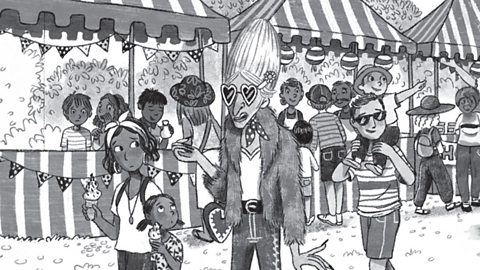
Activity 1
Activity 2

Can you rewrite these sentences by changing them from a formal to an informal tone?
Here's an example.
Formal: Mayhap the king will reward me even more handsomely.
Informal: Maybe the king will give me an even bigger reward!
- 'I have come to see if this abode is a suitable place for a young child.'
- 'If there was no fire, why did that peculiar bell begin to toll?'
- 'An honour to make your acquaintance.'
- 'I shall bid you farewell.'

Activity 3
As you know, one of the important themes in The Last Firefox is 'fire'. We know that Cadno (the Firefox) has a special feature - an ability to set things on fire!
Now it's your turn to get creative. Imagine you are inventing a new character to join Charlie and Cadno the Firefox.
Write a short description describing your new character. Try to include adjectives (describing words) to create a picture in the reader's mind. Also, try to keep to the book's theme of fire too.
For inspiration, have a look at this example.
The Fire-Bear is a mythical creature with fiery fur and blazing eyes, known for its unique ability to harness the scorching energy of flames. With a simple touch, it can draw strength from fires, becoming an unstoppable force of heat and destruction, leaving a trail of blazing devastation in its wake.
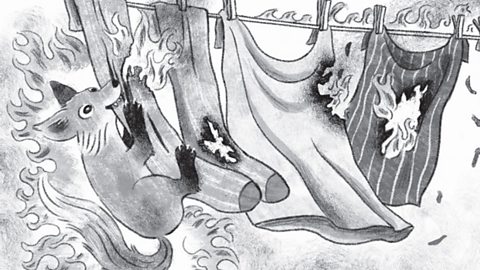
More on Blue Peter Book Club
Find out more by working through a topic
- count10 of 12

- count11 of 12
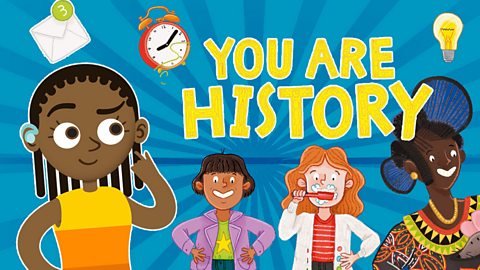
- count12 of 12
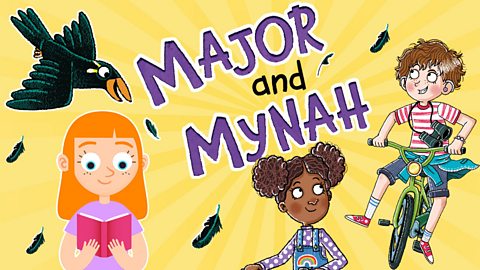
- count1 of 12
